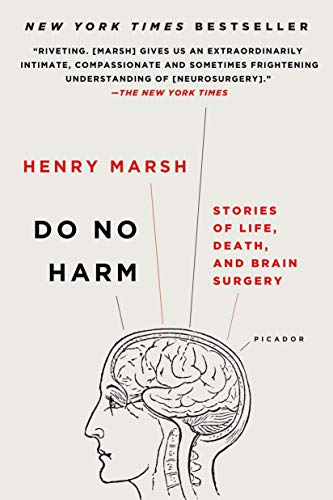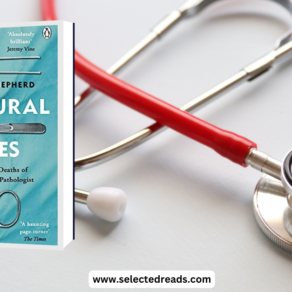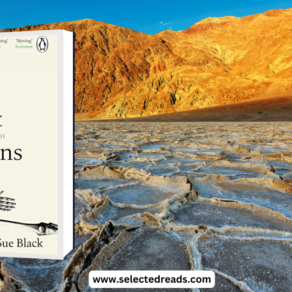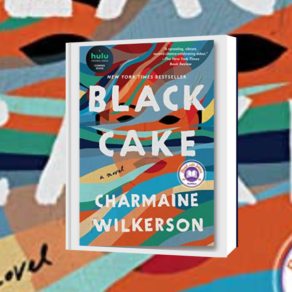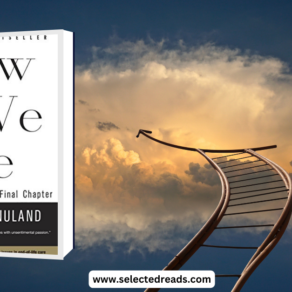In the hushed silence that veiled my mother’s hospital room, I opened Henry Marsh’s “Do No Harm: Stories of Life, Death, and Brain Surgery,” seeking solace and understanding amidst our crisis. A rich tapestry of emotions, triumphs, and tragedies unfolded as I journeyed through the pages, echoing the tumultuous wave of emotions we’d been riding since my mother’s injury.
“Do No Harm” is an intimate tour of the world inside our skulls, guided by one of the UK’s foremost neurosurgeons, Henry Marsh. It’s an extraordinary voyage into the psyche of a brain surgeon, plunging into the thrilling peaks and devastating troughs of this high-stakes profession. Marsh’s narrative is refreshingly candid, searingly honest, and deeply human.
Imagine holding someone’s life in your hands, the scalpel poised over the intricate maze that houses thoughts, feelings, and reason. Every cut could either restore life or rob it. Marsh introduces us to this exhilarating and terrifying reality, revealing the fierce joy of a successful operation and the profound despair when things go awry.
“Do No Harm” doesn’t shy away from the harsh realities of being a neurosurgeon. There are poignant tales of triumphs and heartbreaking disasters, haunted by the shadow of mortality. There’s the girl who wakes up after surgery, her life saved but her personality forever changed. There’s the young man left in a vegetative state because of a millimeter’s misjudgment. And there’s the lingering echo of regret that colors the life of a surgeon.
But amidst the sorrow and guilt, Marsh finds space for humor, the dark kind that often serves as a coping mechanism in the face of incessant pressure. The neurosurgical landscape is vividly captured, with tales that range from frustrating battles with hospital bureaucracy to nerve-wracking surgical procedures, all set against the backdrop of a bustling modern hospital.
Yet, at the heart of “Do No Harm,” beyond the gripping tales of life, death, and brain surgery, there’s a profound lesson. A lesson about hope. Marsh’s narrative is a testament to the resilience of the human spirit, the unyielding optimism needed to navigate the difficult decisions that are part and parcel of his profession.
Reading “Do No Harm” by my mother’s bedside, each tale echoed the struggle we were going through. It underscored the fragile line between life and death, the extraordinary power and limitations of modern medicine, and above all, the enduring necessity of hope in the face of adversity. Marsh’s honest reflections on his profession served as a guiding light during our dark times, offering a unique perspective on life, death, and the delicate dance in between.
Reading “Do No Harm” alongside “When Breath Becomes Air” and “Being Mortal” created an interwoven narrative of life, death, and the practice of medicine. Each book, with its unique perspective, was a piece of the puzzle, helping me to make sense of my mom’s situation and, in a broader sense, the human experience with illness and mortality.
“When Breath Becomes Air” offered a deeply personal account of a neurosurgeon’s transformation into a patient, providing an intimate view of life in the face of death. The parallel with “Do No Harm” was striking, with both books dealing with the brain – the organ that, in many ways, defines our identity. It presented an insider’s view of the delicate dance between life and death in the operating theater, mirroring the high stakes environment that Marsh had candidly depicted.
On the other hand, “Being Mortal” explored the struggles of modern medicine in dealing with the realities of aging and death. It opened up a dialogue on the importance of quality of life, especially towards the end. Reading these two books alongside “Do No Harm,” I found myself deeply engrossed in a rich tapestry of narratives about medicine, mortality, and meaning.
These three books, together, provided invaluable insights into the world of medicine and its struggle with mortality. Each painted a unique but interconnecting picture of the vulnerabilities and triumphs of human life. By my mother’s bedside, their narratives offered comfort, understanding, and a profound perspective on life’s fragility and the human capacity for hope and resilience.
Do No Harm Book Club Questions
Here are some compelling questions that could generate an insightful book club discussion:
- How does Marsh’s candid and often brutally honest writing style affect your reading experience? How does it contribute to your understanding of the challenges in his profession?
- How does Marsh handle the ethical dilemmas that arise in neurosurgery? Are there instances where you would have handled things differently?
- “Do No Harm” presents many cases where surgical interventions lead to unforeseen consequences. How do these stories affect your view of brain surgery and its risks?
- Discuss Marsh’s perspective on hope. How does he balance the necessity of hope with the harsh realities of neurosurgery?
- How does Marsh’s depiction of the healthcare system, including hospital bureaucracy, affect your understanding of the medical profession and patient care?
- “Do No Harm” explores both the triumphs and the disasters in neurosurgery. Which stories resonated with you the most, and why?
- How does Marsh deal with the guilt and regret following unsuccessful surgeries? How does this humanize him and the profession?
- Discuss the role of dark humor in the book. How does it provide insight into how Marsh and his colleagues cope with the high-stress nature of their jobs?
- How did “Do No Harm” alter your perception of the physician-patient relationship, particularly in the field of neurosurgery?
- Finally, if you were to take one lesson away from “Do No Harm,” what would it be, and why?
I hope you find this summary of Do No Harm: Stories of Life, Death, and Brain Surgery helpful!



